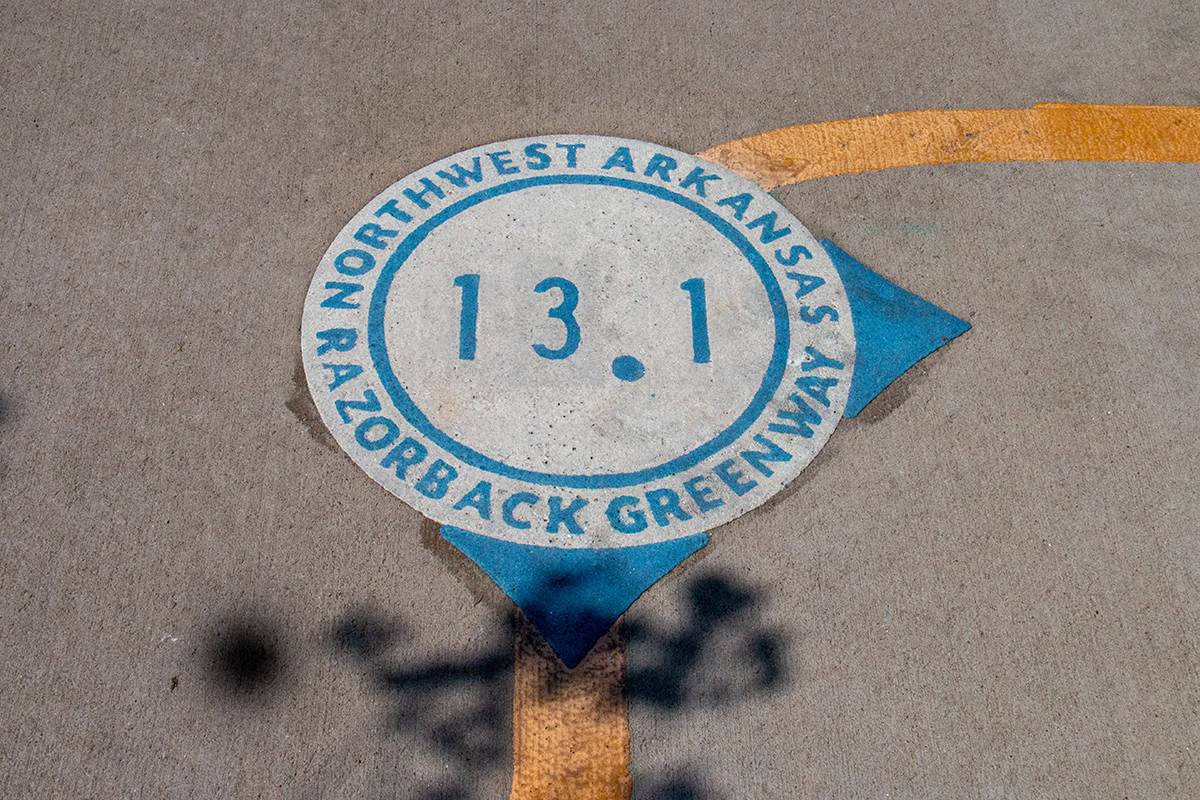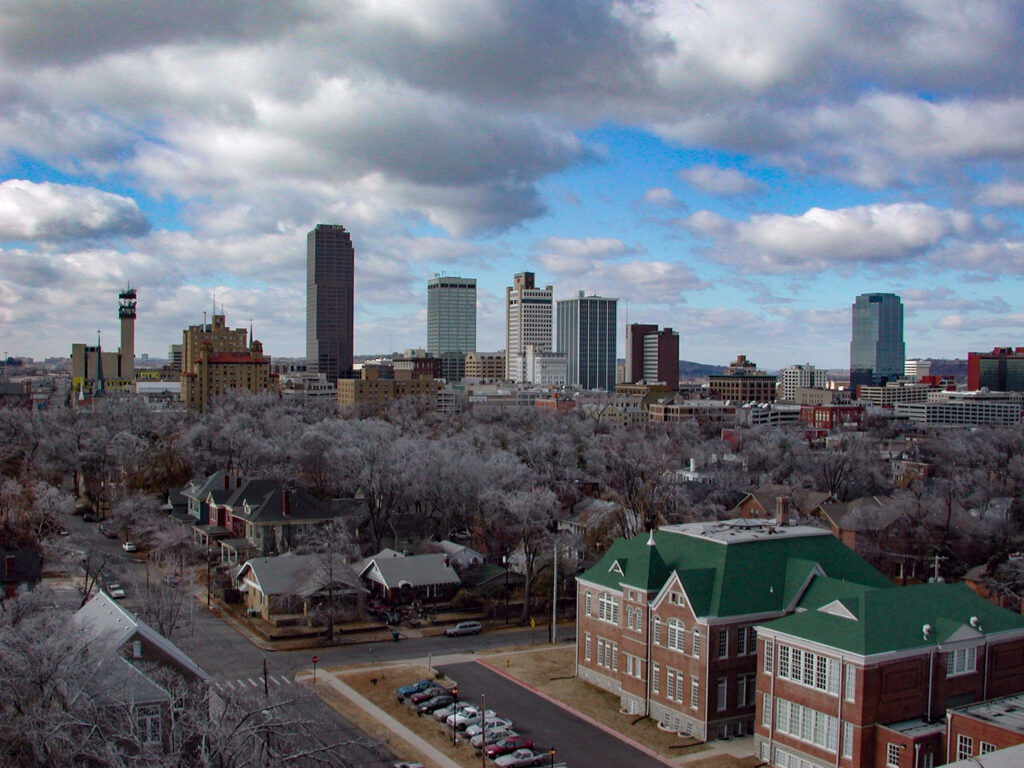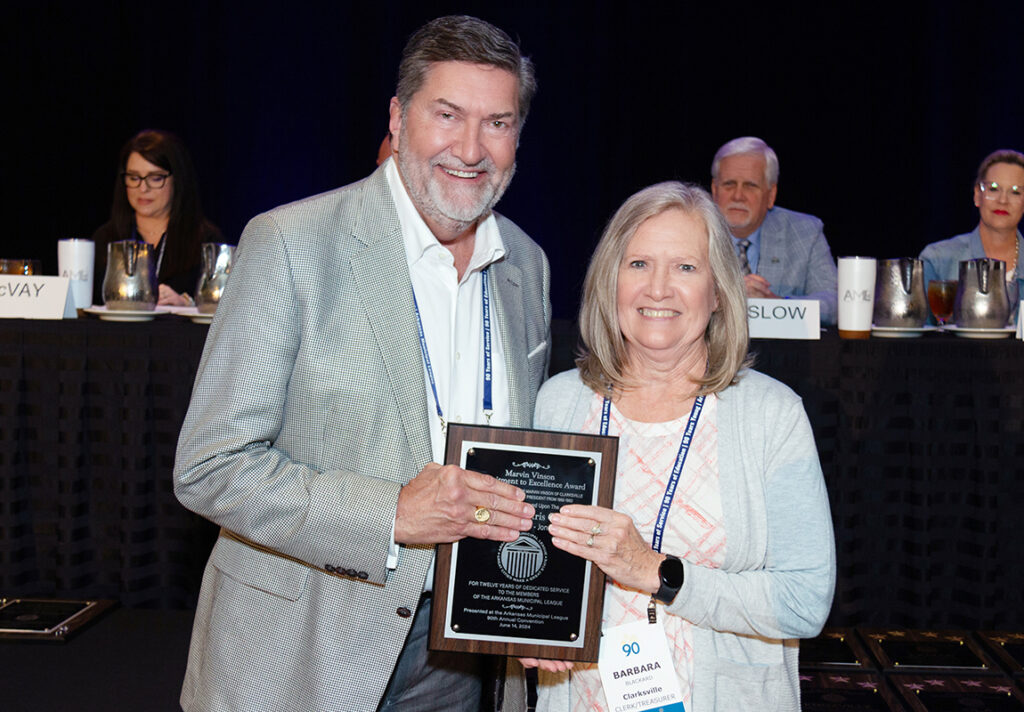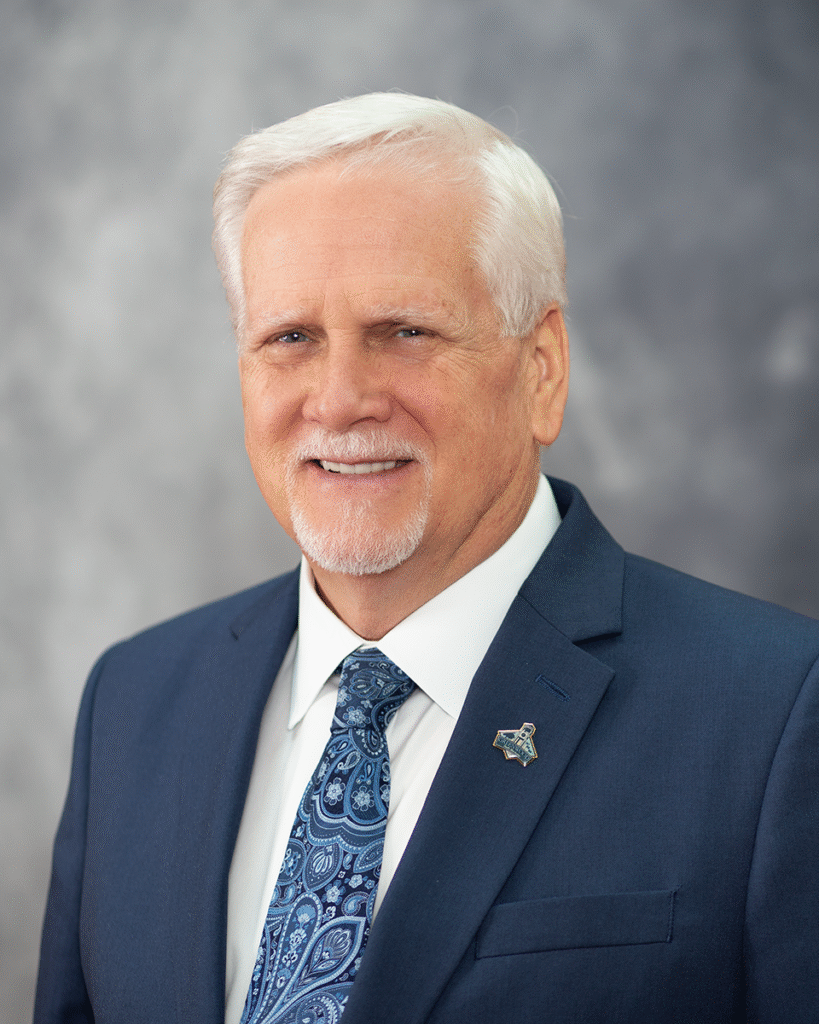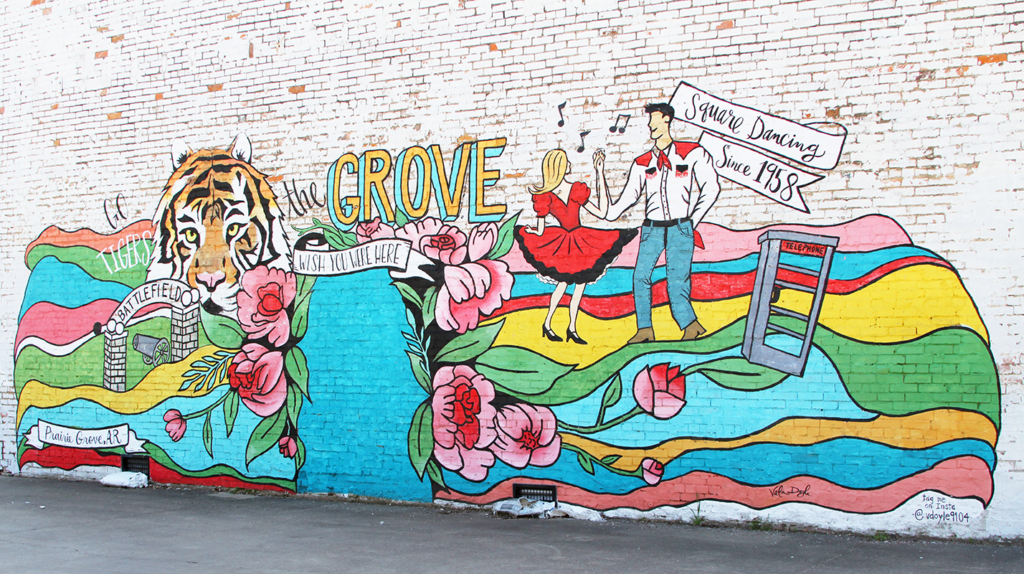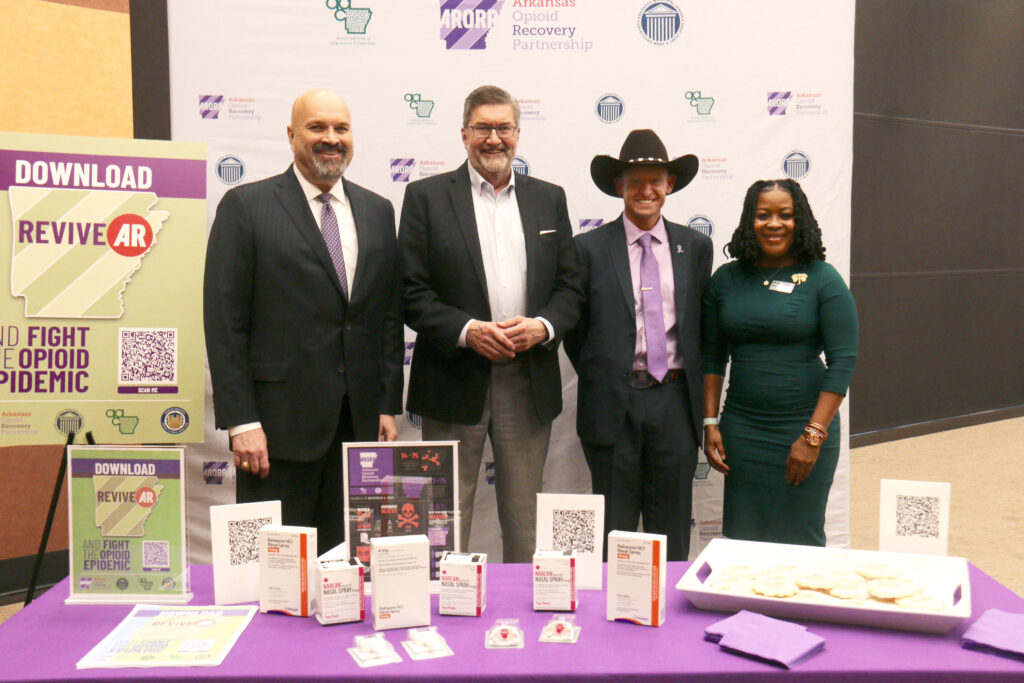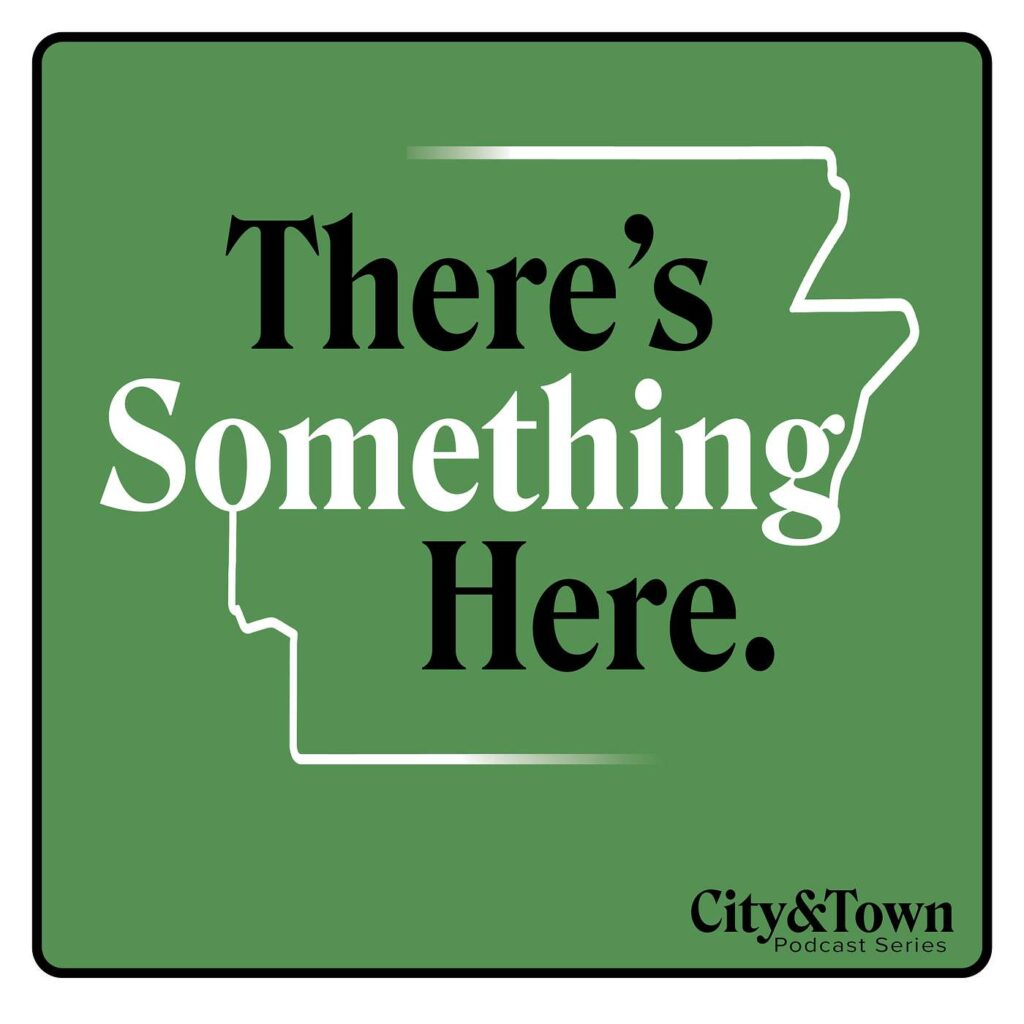In northwest Arkansas, bicycles are more than a pastime—they are a part of everyday life. From Bentonville, now known as the “mountain biking capital of the world,” to the Razorback Greenway, which stretches over 40 miles through the region, cycling is reshaping how residents move, connect, and think about community. As our region grows, the importance of bicycle infrastructure and the culture it fosters has never been clearer.
Why bikeable and walkable communities matter
The benefits of building bikeable and walkable communities go well beyond reducing traffic. Studies consistently show that active transportation has profound impacts on both mental and physical health. Researchers often highlight five mental health benefits of regular cycling: reduced anxiety, increased happiness, sharper cognitive function, improved sleep and greater resilience to stress. Add to that the environmental benefits—cleaner air, fewer emissions and greener communities—and the argument for prioritizing active commuting over cars becomes compelling.
But there’s also something deeply human about experiencing the world at a slower pace. Walking or riding a bike through your neighborhood invites connection: a wave to a neighbor, a pause at a local coffee shop, a closer relationship with place. Designing for this kind of movement keeps communities at a human scale, rather than one dictated by automobile speed.
Arkansas: A natural backdrop for outdoor life
If there’s a perfect setting for this type of lifestyle, it’s northwest Arkansas. The region’s rolling hills, forested trails and expanding urban centers provide a unique mix of natural beauty and growing infrastructure. There are hundreds of miles of singletrack trails and trailheads from Bella Vista to Fayetteville that have gained worldwide recognition, and they start right in town. Fayetteville hosted the UCI (Union Cycliste Internationale) Cyclo-cross World Championships in 2022, and places like Airship Coffee in Coler Mountain Bike Preserve, a café accessible only by trail, demonstrate how cycling is both recreational and part of daily culture.
For those living in northwest Arkansas’ growing cities, cycling isn’t limited to weekend rides. The Razorback Greenway threads through town centers, neighborhoods and schools, making it possible to commute, run errands or meet friends without ever starting the car. For many, biking a few miles to work or riding to a park becomes an easy way to incorporate movement into everyday routines.
What makes a community bikeable?
Building bikeable communities doesn’t always mean major construction projects. Small-scale improvements like better signage, separated bike paths and on-road traffic calming devices can immediately make riding easier and safer. Education and encouragement programs, such as community bike rides or safety workshops, help normalize cycling and grow ridership.
On a larger scale, investments in protected bike lanes, rural greenways and safe streets programs ensure safety and connectivity for all ages and skill levels. Importantly, every piece of infrastructure should be designed with
people in mind, not just as an afterthought squeezed next to high-speed traffic. A pedestrian-first approach is a huge mindset change we are seeing in many municipalities as our communities grow.
Northwest Arkansas is already experimenting with these ideas. The Razorback Greenway links destinations along its corridor: downtown districts, cultural landmarks, parks and neighborhoods. Every spur trail and bike-friendly street that branches off expands this network, bringing more people within reach of safe, comfortable biking. The increasing number of neighborhoods that connect to this bicycle network create more opportunities to ride instead of drive.
A personal perspective
I recently met a rider on the Greenway who said she’d started biking as a way to manage stress. What began as a weekend activity turned into a daily commute to Springdale. She laughed when she said her coworkers could tell if she hadn’t biked to work: “I’m calmer, more focused and honestly just happier when I arrive on two wheels.”
Her story mirrors thousands of others in the region. Whether it’s families pedaling to school, mountain bikers heading to trailheads, or retirees enjoying morning rides to coffee shops, cycling here is more than exercise—it’s a lifestyle shift.
Looking ahead
As the area continues to grow, keeping design focused on people, not just cars, will be a challenge and an opportunity. Countries like Denmark have proven that when infrastructure makes cycling safe, efficient and enjoyable, people naturally choose it. By combining our unique landscape with smart design and community investment, we can create a model for mid-sized American cities.
Northwest Arkansas is just the beginning. In every region of the state where the effort is made to allow people to commute confidently, kids and families to ride safely, and athletes to practice their sport, we can build more vibrant and connected communities that improve our health and overall quality of life.

